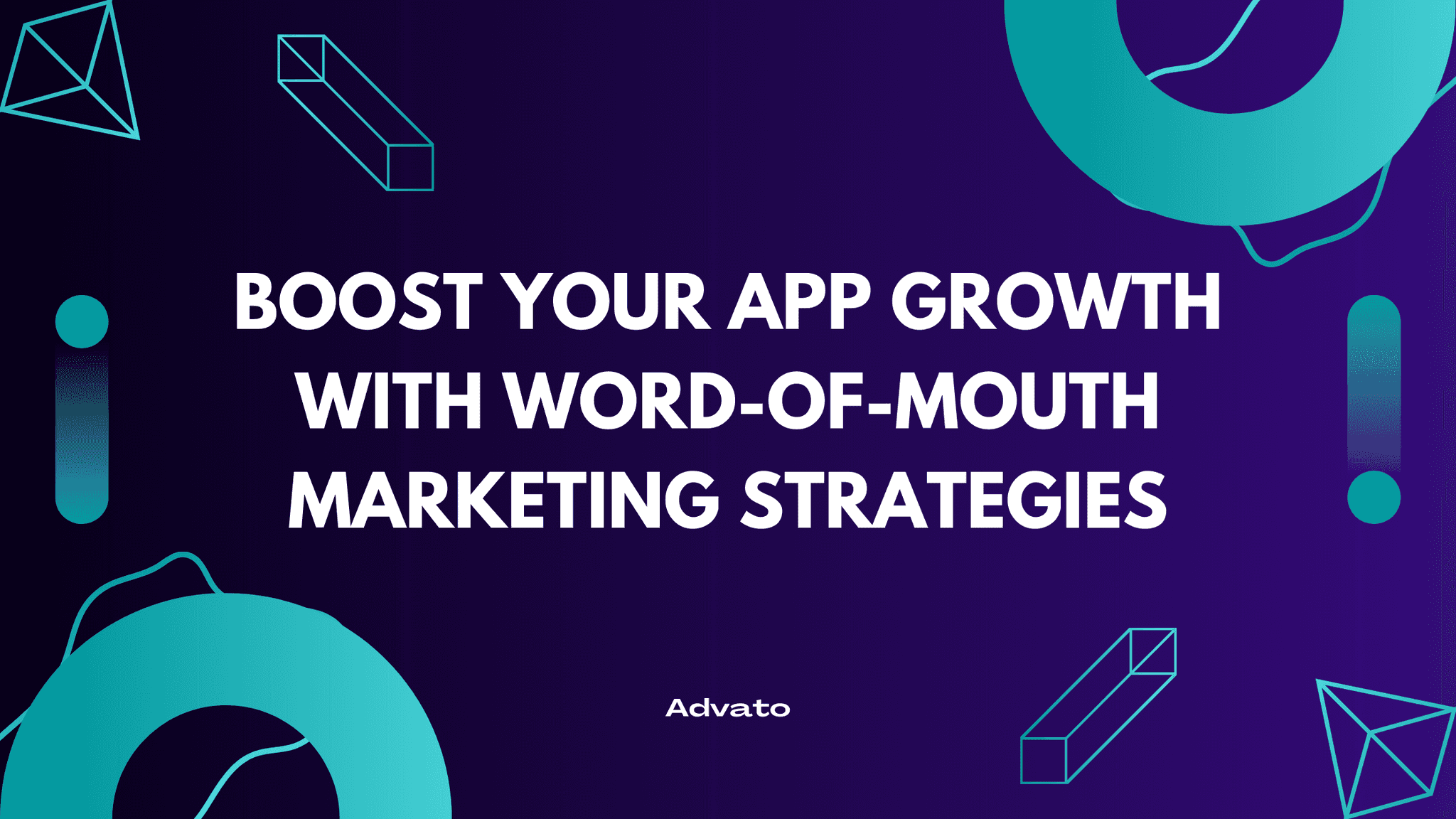Aug 30, 2024
Here at Advato, we like to imagine a mobile app as a delicate bonsai tree. Just like that miniature masterpiece, your app needs constant care, attention, and the right nutrients to grow into something truly spectacular. But how do you know if you're giving your app-tree the right amount of water, sunlight, and TLC? That's where mobile app analytics come into play, providing you with the insights you need to nurture your digital creation into a huge success.
In today's fast-paced digital world, understanding the ins and outs of app analytics isn't just helpful – it's essential for growth. So, grab your favorite drink and let’s dig into the world of mobile app metrics!
The Mobile App Landscape in 2024
Before we dive into the nitty-gritty of analytics, let's take a quick look at the current state of the app market. With millions of apps competing for users' attention, standing out is tougher than ever. App developers and marketers face a lot of challenges, from discoverability issues to user acquisition and user retention woes.
But fear not! This is where our trusty sidekick, analytics, comes in to help out. The analytics data will help you navigate the competitive world of mobile apps, and find you a way to grow.
Understanding Mobile App Analytics
So, what exactly are mobile app analytics? In simple terms, they're the compass, map, and Swiss Army knife of the app world all rolled into one. App analytics involve collecting, measuring, and analyzing data about your app's performance and user behavior.
There's a bunch of analytics tools out there, ranging from all-in-one platforms to specialized solutions focusing on specific aspects like user engagement or monetization. The beauty of these tools is that they transform raw data into actionable insights, helping you make informed decisions to drive your app's growth.
Key Metrics for App Growth
Now, let's get to the meat and potatoes of our analytics feast – the key metrics you should be tracking.
User Acquisition Metrics
First up, we have the crowd-pleasers – user acquisition metrics. These metrics help you understand how well you're attracting new users to your app.
Downloads and installs
The number of times your app has been downloaded and installed. It's like counting how many seeds you've planted in your app garden.
Cost per install (CPI)
How much you're spending to acquire each new user. Think of it as the price of each seed – you want this to be as low as possible without compromising quality.
App store optimization (ASO) metrics
These include factors like keyword rankings and conversion rates on app store pages. It's like optimizing your app's "curb appeal" to attract more potential users.
User Engagement Metrics
Once you've got users through the door, you need to keep them coming back for more. That's where engagement metrics come in handy.
Daily, weekly and monthly active users (DAU/WAU/MAU)
The number of unique users who engage with your app daily, weekly or monthly. It's like counting how many people visit your app-garden each day, week or month.
Session length and frequency
How long users spend in your app and how often they return. Think of it as how long visitors stay to smell the roses and how frequently they come back for another whiff.
Retention rate
The percentage of users who return to your app after their first visit. It's like measuring how sticky your app's soil is – how well it holds onto those user-plants!
User Behavior Metrics
Understanding how users interact with your app is crucial for optimization. These metrics give you a peek into the user's mind.
User flow and navigation patterns
How users move through your app. It's like tracking the paths visitors take through your app-garden.
Feature usage and popularity
Which features users interact with most. This helps you identify your app's star attractions – the equivalent of your prize-winning orchids.
User segments and cohorts
Grouping users based on shared characteristics or behaviors. It's like categorizing your plants based on their needs and growth patterns.
Monetization Metrics
Show me the money! These metrics help you understand how well your app is turning user love into cold, hard cash.
Average revenue per user (ARPU)
The average amount of revenue generated by each user. Think of it as how much fruit each plant in your app-garden produces.
Lifetime value (LTV)
The total revenue you can expect from a user throughout their relationship with your app. It's like estimating how much produce a plant will yield over its entire lifetime.
Conversion rates for in-app purchases
The percentage of users who make purchases within your app. This is akin to how many visitors to your garden end up buying some of your delicious app-fruits.
Performance Metrics
Last but not least, these metrics ensure your app runs smoothly.
App load time and responsiveness
How quickly your app loads and responds to user interactions. You want your app to be as snappy as possible!
Crash rate and error reporting
How often your app crashes or encounters errors. It's like monitoring for pests and diseases in your app-garden.
App size and battery usage
How much space your app takes up and how much battery it consumes. Think of it as how much water and nutrients your app-plant needs to thrive.
Implementing an Effective Analytics Strategy
Now that we've covered the key metrics, let's talk about putting them to work. Implementing an effective analytics strategy is like creating a master plan for your app-garden.
Start by setting clear goals and KPIs (Key Performance Indicators). What do you want to achieve? More downloads? Higher retention? Increased revenue? Your goals will guide your analytics efforts.
Next, choose the right analytics tools for your needs. There's no one-size-fits-all solution, so take the time to research and test different options. Look for tools that offer the metrics you need and integrate well with your existing systems.
When it comes to data collection and analysis, remember: garbage in, garbage out. Ensure you're collecting accurate, relevant data and analyzing it correctly. And don't fall into common pitfalls like focusing on vanity metrics or ignoring qualitative feedback.
From Data to Action
Here's where the rubber meets the road – turning your analytical insights into tangible growth. Use your data to identify growth opportunities, like underutilized features or user segments with high potential.
A/B testing is your secret weapon here. Experiment with different versions of your app to see what resonates best with users. It's like trying out different fertilizers to see which one makes your app-plants grow tallest.
Personalization is another powerful tool in your arsenal. Use your user segment data to tailor experiences to different groups. It's like giving each plant in your garden the specific care it needs to thrive.
Remember, app growth is an ongoing process. Implement a continuous improvement cycle, constantly gathering data, making changes, and measuring the results.
Conclusion
And there you have it, folks – a whirlwind tour of mobile app analytics and the key metrics for growth. Remember, in the ever-evolving app ecosystem, data is your best friend. It's the water, sunlight, and fertilizer that will help your app-garden flourish.
But even with all this knowledge, growing an app can still feel like an uphill battle. That's where Advato comes in. Our platform supercharges your app growth by using the power of referrals. It's like giving each of your users a packet of magic seeds to spread your app far and wide.
Check it out here, and watch your user base grow!


